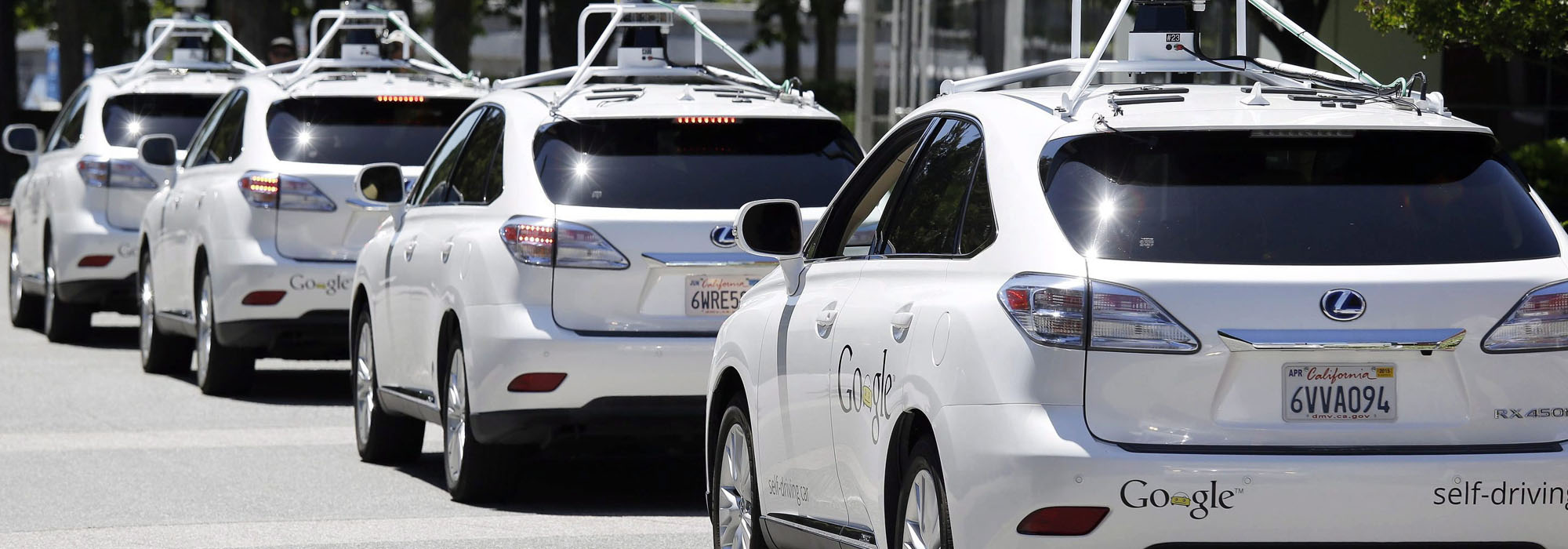
Today’s information technologies – big data, artificial intelligence, robotics, and embedded computing (the so-called Internet of things) – are transforming every industry and raising widespread concerns about job losses and economic inequality. Analysts differ on whether the issue is about jobs, tasks or work activities; they disagree on the extent of automation; and they’re not sure how long it will take.
Even the conservative forecasts are bleak. McKinsey and Company estimates that existing technologies could eventually automate about half the activities that people get paid nearly $15 trillion to do globally. This amounts to 1.2 billion full-time equivalent jobs (FTEs), of which 61 million are located in the US. If we apply a 10 percent rule of thumb — our population is about one-tenth that of the US — this could mean 6 million Canadian FTEs are at risk: equivalent to one-third of our workforce.
Should we worry? Likely not, say optimists (including McKinsey). Demographic trends are about to produce a shortage of human labour. The productivity and GDP growth associated with automation will not arrive any time soon, the optimists argue. And the full effects of job displacement will take several decades to unfold. In the meantime, humans should learn to manage and “complement” smart machines – and do the sorts of things that only people can do.
The pessimists, on the other hand, say it won’t be that easy. Tomorrow’s jobs will be insufficient in number, inferior in quality and badly paid. We must address the impacts of net growth in unemployment, underemployment, precarious jobs, and economic inequality, they say.
But there is an elephant in the room that no one is talking about. The focus on labour substitution in Canada and everywhere else vastly underestimates the breadth and numbers of at-risk jobs.
Labour substitution relates to the replacement of humans (e.g., car insurance sales representatives) by machines (e.g., car insurance sales apps.). But innovations don’t just automate jobs and tasks. They can also make them functionally irrelevant or economically unviable. It’s not just about labour substitution: it’s also about labour obsolescence.
Take the transportation sector. Soon a handful of global firms, such as Uber, may be the dominant providers of automated mobility (transportation) services, provided on demand. Many Canadians will refrain from owning vehicles, which sit unused over 95 percent of the time. They will reap huge cost savings, including over $1,000 per year on car insurance. On-demand, automated mobility, if adopted widely, will yield enormous environmental, safety, health, accessibility, financial and other benefits.
But global automated mobility companies won’t buy personal car insurance. Some will self-insure. Others will cut big deals with big insurance firms. Demand for car insurance will plummet. Car insurance jobs won’t just decrease as a result of labour substitution. They will become obsolete.
Changes like this have happened throughout history. A disruptive technology innovation facilitates business model innovations that transform entire industries. This results in old jobs (or tasks) becoming irrelevant or economically unviable. The changes also generate demand for new occupations and skills. But the balance these days is typically negative.
Online advertising, viewed from a labour substitution perspective, is the automation of print media ad advertising jobs. This is true in a minor way. But, for the most part, online advertising made those advertising jobs obsolete. More important, online advertising contributed to the collapse of print publications, eliminating – or reducing the market value – of all sorts of jobs, in areas ranging from home delivery to investigative journalism. Canada’s production of newsprint, printing and writing paper declined by half over the 2005-15, and jobs went with it. These losses occurred at dizzying speed, belying the view that the changes would take many decades.
Rather than look exclusively at labour substitution to understand the impact of technology on jobs, we must define and analyze changes that affect changing labour demand in the extended ecosystem (or the business web), inside and outside a core sector. The result of this analysis is often a combination of job creation, job destruction and job displacement.
- Job creation: The internal combustion engine facilitated the growth of the auto industry and many associated sectors (and jobs), including oil, road construction, insurance, finance, police, and orthopedic surgery.
- Job destruction: In the car industry artificial intelligence and business model changes will shift the core technology from steel to information and undermine the need for many of the industry’s associated sectors.
- Job displacement: In tomorrow’s automated car, the physical value will be its advanced electronics. Thanks to greater safety, low-carbon fuels and on-demand transportation services, most vehicles will be small and lightweight. The manufacturing of vehicles may, increasingly, shift offshore.
Changes that will result in labour obsolescence include:
- Core technologies: Vehicle hardware will shift from steel to electronics and lightweight materials. Will this further erode the jobs in Canada’s already reduced auto sector? Also, demand for oil and gasoline will decline. Electric vehicles will need less routine maintenance (no oil changes!). All this means more jobs for information technologists and fewer jobs for oil workers, gas station attendants and car mechanics.
- Disintermediation: Mobility services will use their own fleets and deal directly with consumers via mobile apps. This will have an impact on car dealers and car rental firms.
- Externalities: A major benefit of automation will be improved vehicle safety and traffic self-management. This will mean fewer jobs in auto body repair, policing, and accident-related medical services.
To measure the size of this problem, I identified automotive ecosystem jobs and subsectors using the 2011 Census. Based on this initial assessment, business models built around self-driving vehicles will pose big job risks for 1.1 million Canadians over the coming decades. Half a million of these, again according to the 2011 Census, are professional drivers who face the prospect of labour substitution. They include transport truck drivers; delivery, courier and mail workers; and taxi/limousine drivers. (On-demand drivers for Uber and the like were not counted in the 2011 census.) For the remaining majority (600,000 jobs — police; and insurance, auto service/body shop, dealership/distribution/rental/leasing, manufacturing and gas station workers), the main challenge isn’t labour substitution, it’s functional obsolescence.
The automotive ecosystem is but one of many ecosystems. Similar changes are occurring across the economy – in agriculture, natural resources, retail/distribution, professional services and many other sectors. In every case, labour obsolescence will exacerbate the challenges of labour substitution.
Clearly, we must get more creative if we are to understand our labour market challenges (and opportunities). We must face up to the likelihood that a new economy — one with fewer good jobs and lower pay — is upon us. And we must act now to minimize and mitigate the impact on Canadians. We owe it to our kids.
This article is part of the The Changing Nature of Work special feature.
Photo: AP Photo/Eric Risberg/The Canadian Press
Do you have something to say about the article you just read? Be part of the Policy Options discussion, and send in your own submission. Here is a link on how to do it. | Souhaitez-vous réagir à cet article ? Joignez-vous aux débats d’Options politiques et soumettez-nous votre texte en suivant ces directives.







